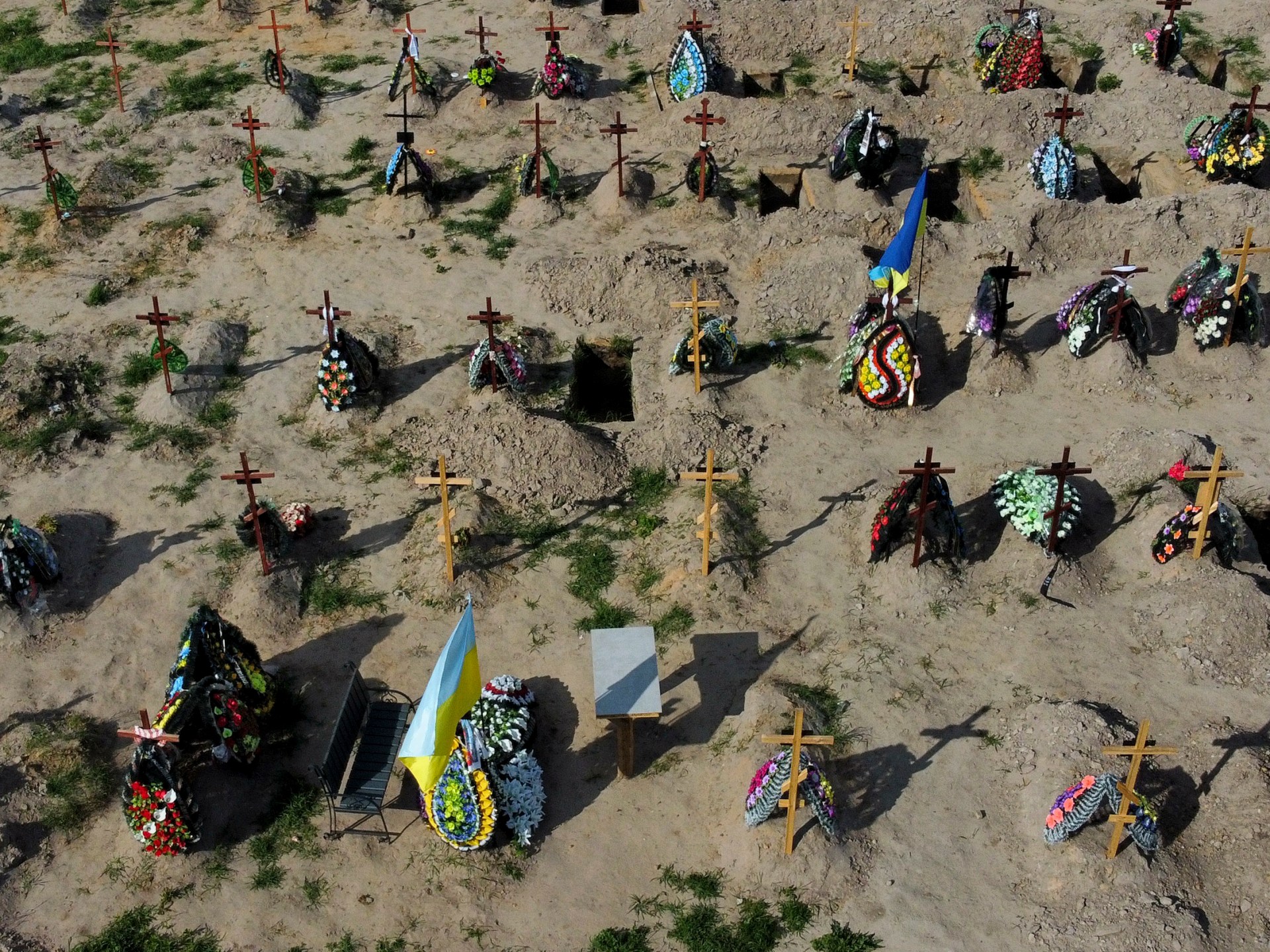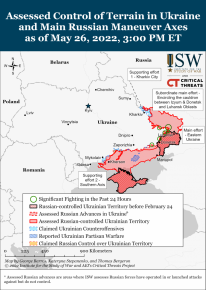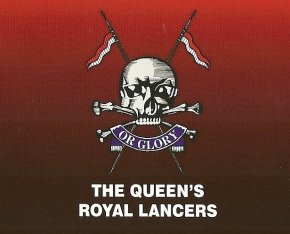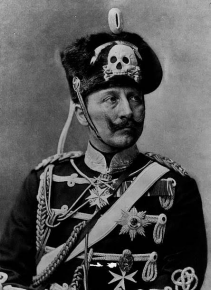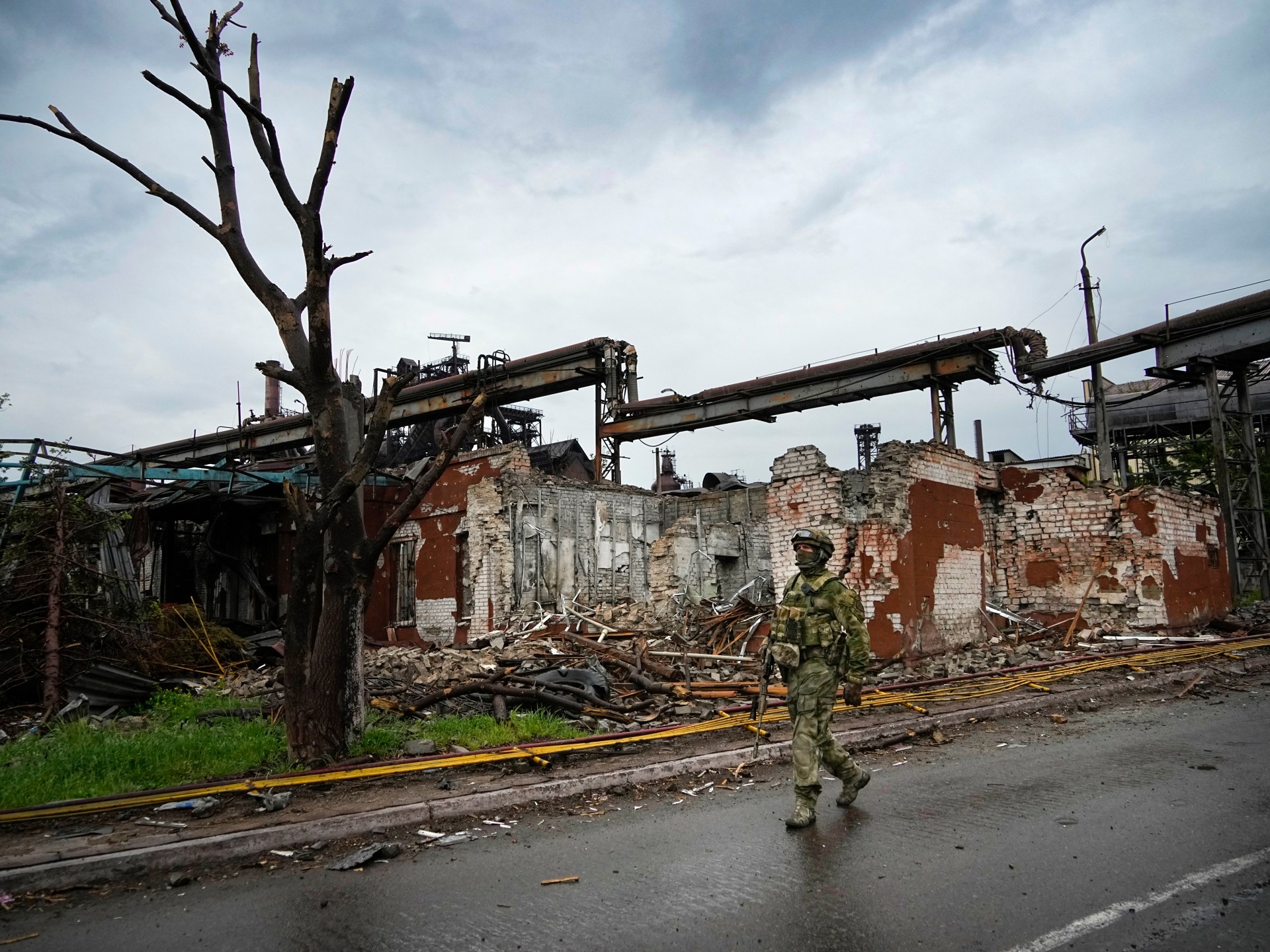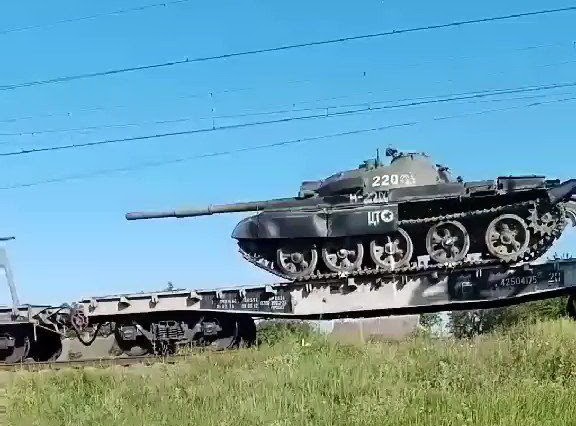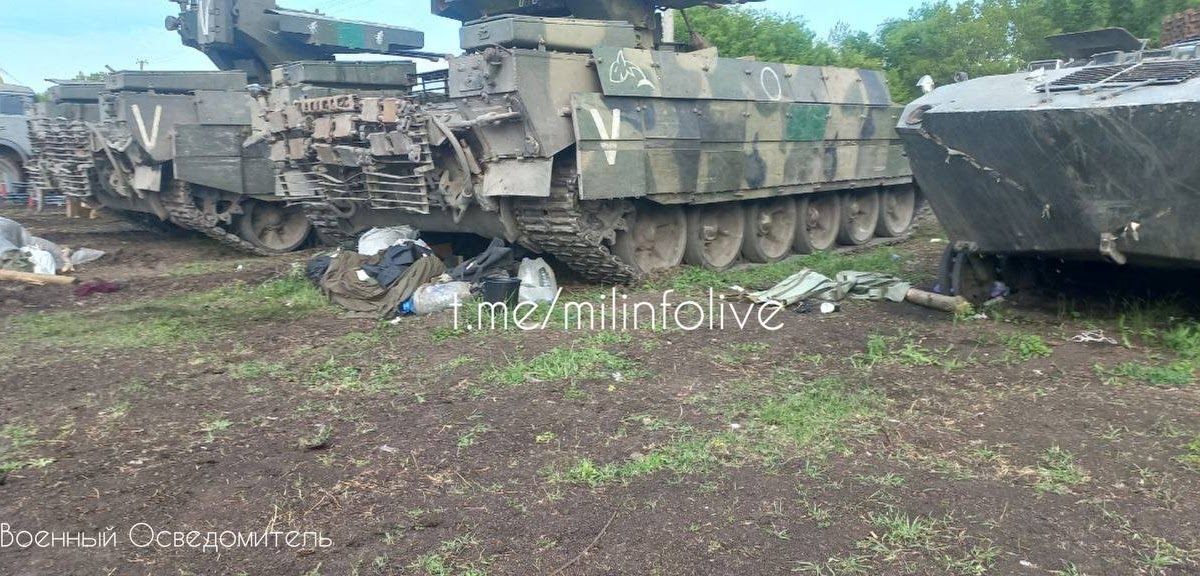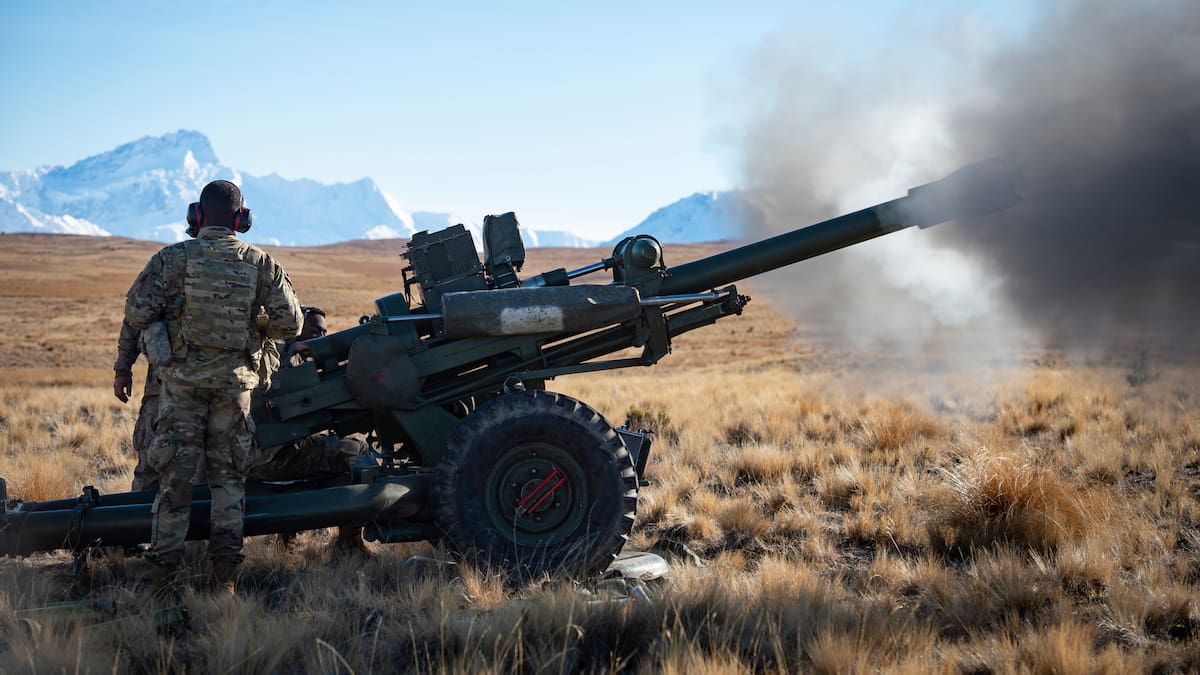Mariupol'.
Captured T-64B1M being taken out of Mariupol', presumably to be returned to service in rebel hands.

vk.com
Russian EOD clearing the area around the Mariupol' port.

vk.com
Russia.
More missile launches, Belgorod region.
Белгород засыпает, просыпаются «Искандеры». В эти минуты в сторону Украины уходит очередная партия ракет. Видео от подписчиков. @sashakots

t.me
The Akkerman small gunboat is flying the Russian VMF flag, St. Andrew's cross.

t.me
Трофей, который смог! Бывший украинский малый бронированный артиллерийский катер "Аккерман", позорно брошенный своим экипажем в Бердянске в исправном состоянии и захваченный российскими войсками в марте сего года, вошел в состав Черноморского флота, поднял Андреевский флаг и получил новый...

t.me
Misc.
English speaking fighters in combat, Ukraine. Location unclear. They're attempting to take out a BTR with rocket launchers.
Ещё одно подтверждение того что на украине против ВС РФ воюют американские наёмники ЧВК.

t.me
Russian soldiers allegedly evacuating a Ukrainian wounded POW.

vk.com
«Держись Володя, все будет хорошо» Русские солдаты два километра тащили по минному полю украинского солдата, которого они же и ранили в бою. Свои его бросили, русские солдаты дотащили раненного украинца до полевого госпиталя и спасли ему жизнь. Даже на войне русский солдат всегда остаётся...

t.me
Ukrainian forces launching a Switchblade UAV.
Применение американского БПЛА-камикадзе Switchblade-300 украинскими боевиками на восточном участке фронта

t.me
Russian Buk-M3 operating in Ukraine.

vk.com
M-777s in Ukrainian hands, somewhere on the front line.

vk.com
Destroyed BS-3, and BM-21. The BS-3 is almost certainly Ukrainian, the BM-21 is unclear.
Нашлись очень интересные фото уничтоженного РЗСО БМ-21 (Град) и орудия БС-3. БМ-21 получил чем то интересным в область кабины, причём направляющий пакет и мотор уцелели, а кабина буквально аннигилировалась. Не менее интересно и фото с БС-3, это 100-мм полевая пушка образца 1944 года. Официально...

t.me
A BMM-4S (BTR-4 CASEVAC) was captured by Russian forces. Location and context unclear. Based on the intact condition and the V, it might now be used by Russian or rebel forces.
Интересный украинский трофей попал к союзным силам. БММ-4С— украинская бронированная медицинская машина, разработанная Харьковским конструкторским бюро машиностроения на основе бронетранспортёра БТР-4Е, которая выпускается Харьковским заводом специальных машин. Всего выпущено было 15...

t.me
Switchblade UAV captured by Russian or rebel forces. Location and context unclear.

vk.com
Russian T-72s being upgraded in the field. Note the ERA mounts being put on the back of the turret, akin to the T-72B3mod'16.
Защита баков представляется эфемерной. А вот крепление дз на ящики видимо не спроста, походу атакуют со всех сторон.

shushpanzer-ru.livejournal.com
A Russian or rebel BTR up-armored with tank tracks.
Все еще в тренде. Интересно, от какой машины?

shushpanzer-ru.livejournal.com
Toyota Hilux and Land Cruiser, allegedly belonging to Russian SOF.

vk.com
Russian irregulars, Cossacks from the Don volunteer unit.

vk.com
Assorted footage, Russian and rebel forces, Ukraine.
Z-В зоне проведения Специальной Военной Операции @Ugolok_Sitha

t.me
More footage of Caesar howtizers in Ukraine. Location and context unclear.
Речь идёт не о салате "Цезарь" или художественном произведении. Речь о 155мм САУ "CAESAR" французского производства. 12 машин этой системы были переданы в состав ВСУ. САУ имеет дальность стрельбы свыше 40км, высокую подвижность, и при наличии систем наведения, представляет собой опасность для ВС…

ru-artillery.livejournal.com
Ukrainian technical, up-armored pickup truck with a Soviet Maxim gun. Location and context unclear but it's likely territorial defense.
Украинская тачанка. Ружжо "Максим", защита есть. Украина, 2022.

shusharmor.livejournal.com
Ukrainian formations continue complaining about being left without support, armor, artillery, mortars, or supplies. One interesting complaint is territorial defense units being sent outside their native region.

vk.com
Allegedly, this is all that remains of the 6th btln 14th brigade. 3 companies worth of soldiers.

vk.com
We have unconfirmed reports of service members from the Ukrainian 115th Territorial Defense Bde being arrested after refusing to fight, as deserters.

vk.com
Russian OSINT has created a new resources called War Tears that attempts to track Ukrainian KIA and POWs that are captured or found on the battlefield.
Здесь можно найти информацию о пленных, погибших и пропавших без вести солдатах ВСУ, Нацгвардии и ТрО
wartears.org
Oleg Kozhemyako, the governor of Primorye, visits Russian troops in Ukraine for the second time. He seems to be visiting units from his region.

vk.com
NATO/EU & Co.
Romania fished a downed Bayraktar out of the Black Sea. This lends some credibility to Russian claims to down Ukrainian UAVs.
Румыны выловили сбитый хохлятский Байрактар возле своих берегов. Похоже один из тех, который мы свалили возле злополучного Змеиного.

t.me

vk.com
There are reports that 30 NZ service members will be part of a training mission in the UK for Ukrainian service members. They will be training them on the use of 105mm howitzers.
NZDF to teach more than 200 Ukrainians about artillery pieces.

www.nzherald.co.nz
More M-777s arrive in Ukraine, these have their digital fire control system intact.
Для тех, кто так гордился что амеры снимают вычислительные блоки с трёх топоров, которые идут свиньям. Вот поставки из Европы. И они с блоками. Выводы каждый делает сами.

t.me

vk.com
Italian FH-70s already in Ukrainian hands. Location and context unclear.

vk.com







